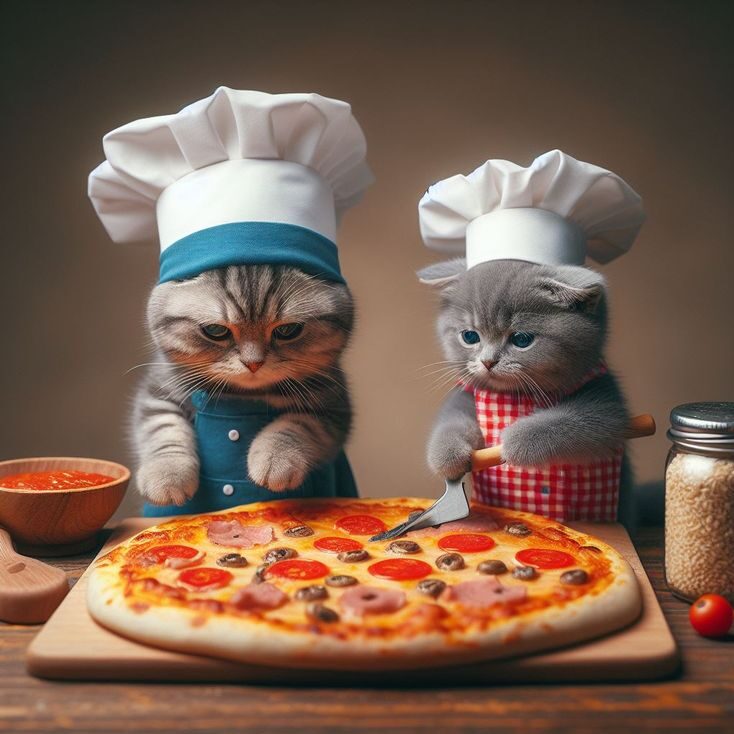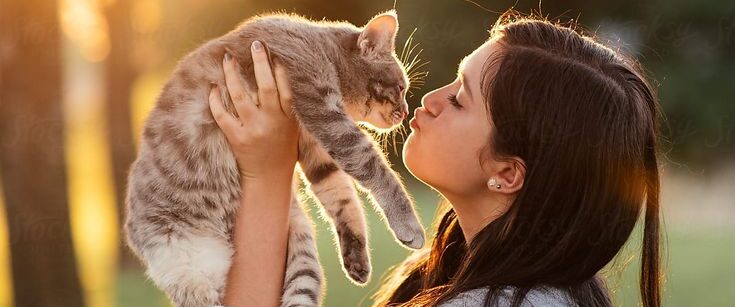selecting the best cat food for your feline friend is one of the Wet important cat-related responsibilities you have as a cat owner. Diet has a huge impact on a cat’s health, energy, and longevity. The wet vs. dry debate is still very much alive and kicking among an array of options. There are pros and cons to each type, and the right choice for you may also depend on your cat’s age, health, and lifestyle — as well as your own preferences as a pet parent.
This comprehensive guide will compare wet and dry cat food according to a number of categories; including nutritional value, ease of use, price, and health concerns to ensure that you can make an informed choice.
Table of Contents
- What Is Wet Cat Food?
- What Is Dry Cat Food?
- Nutritional Content Comparison
- Moisture Levels and Hydration
- Dental Health Implications
- Weight Management
- Convenience and Storage
- Cost Comparison
- Palatability and Feeding Behavior
- Special Considerations: Age, Health, and Lifestyle
- Combining Wet and Dry Food: The Best of Both Worlds?
- Veterinarian Recommendations
- Conclusion
What Is Wet Cat Food?
Wet Cat Food Wet cat food, which is also known as canned cat food contains a lot of moisture—somewhere between 70% and 80%. It is sold in cans, pouches or trays and contains a mixture of meats, vitamins, minerals and sometimes grains or vegetables.
Benefits of Wet Food
- Humid weather helps hydration.
- Cats usually prefer the taste of
- Easier to chew: these thin, tender cat treats are easy for your feline friend to bite REFILL for select Fri skies treat dispensing cat toys
Nutritional Content Comparison
- Both wet and dry foods can offer complete and balanced nutrition, but they do have some differences in their macro nutrient profiles.
| Nutrient | Wet Food | Dry Food |
| Protein | Usually higher | Moderate |
| Fat | Often higher | Moderate |
| Carbs | Lower | Higher |
| Fiber | Moderate | Higher |
| Wet food is more concentrated in animal protein and fat, more in keeping with a cat’s natural diet as a carnivore.
Dry food has a higher content of carbohydrates and fiber because of the processing and presence of grains or fillers. |
Moisture Levels and Hydration
Dehydration can lead to urinary tract disease and kidney disease.
- High water content in wet food helps with hydration.
- Dry food has zero water content and may require supplementation with water bowls or fountains.
Best for:
- Cats that are at risk for urinary issues, such as crystals or infections Ageing cats with kidney disease.
Dental Health Implications
- Cat dental care is a common concern among cat owners, and what you put in your cat’s mouth can be a contributing
- Dry food gives gentle abrasive effect, and this can aid in reducing plaque and tartar.
- Wet food doesn’t eliminate plaque and might leave residue behind, but this can be managed by the right oral care
Reality Check:
Veterinarians commonly observe that neither dried nor canned food is enough by itself for oral care. Brushing your cat’s teeth and dental chews or prescription diets work better.
Weight Management
- Obesity is becoming more common in indoor cats, leading to diabetes, arthritis, and other health problems.
Dry food is calorie-dense and easy to overfeed.
Wet food contains fewer calories per gram and is more filling since it is water-rich.
Tips:
- Portion control is critical no matter what kind of food is served.
Wet food has the potential to make cats feel more satisfied on few calories.
Convenience and Storage
Dry Food:
Simple to store and serve.
May be left out during the day (great for free-feeding).
Long shelf life
Wet Food:
Refrigerated after opening.
Needs to be served in new portions.
Gathers more residue.
If you’re a traveller or busy owner, dry food might be more convenient. Still, wet food can be regulated with portion control and storage.
Cost Comparison
Generally, dry food is less expensive than wet food on a per-serving basis.
Dry food: Cheaper per calorie, sold in bulk.
Wet food: Higher cost due to water content and packaging.
Budget-conscious owners might prefer dry food, but remember that quality matters more than price. Investing in better nutrition upfront can prevent costly health issues later.
Nutritional Content Comparison
- Both wet and dry foods can offer complete and balanced nutrition, but they do have some differences in their macro nutrient profiles.
| Nutrient | Wet Food | Dry Food |
| Protein | Usually higher | Moderate |
| Fat | Often higher | Moderate |
| Carbs | Lower | Higher |
| Fibre | Moderate | Higher |
| Wet food is more concentrated in animal protein and fat, more in keeping with a cat’s natural diet as a carnivore.
Dry food has a higher content of carbohydrates and fiber because of the processing and presence of grains or fillers. |
Moisture Levels and Hydration
- Cats are inherently poor drinkers. They obtain most of their water in the wild from prey. Dehydration can cause urinary tract disease and kidney disease.
- Wet food’s high water content assists with hydration.
- Dry food contains no water and might need supplementation with water bowls or fountains.
Best for:
- Cats that are prone to urinary problems, like crystals or infections.
- Ageing cats with kidney disease.
Dental Health Implications
Dental care is a shared worry among cat owners, and what you feed your cat can be a factor.
Dry food produces a mild abrasive action, which can help decrease plaque and tartar.
Wet food doesn’t remove plaque and can leave behind residue, but this can be controlled through proper dental care.
Reality Check:
Veterinarians commonly observe that neither dried nor canned food is enough by itself for oral care. Brushing your cat’s teeth and dental chews or prescription diets work better.
Weight Management
Obesity is increasingly prevalent in indoor cats, causing diabetes, arthritis, and other medical issues.
Dry food is high in calories and easy to overfeed.
Wet food has fewer calories per gram and is more satiating because it contains water.
Tips:
- Portion control is critical no matter what kind of food is served.
Wet food has the potential to make cats feel more satisfied on few calories.
Convenience and Storage
Dry Food:
Simple to store and serve.
May be left out during the day (great for free-feeding).
Long shelf life
Wet Food:
Refrigerated after opening.
Needs to be served in new portions.
Gathers more residue.
If you’re a traveler or busy owner, dry food might be more convenient. Still, wet food can be regulated with portion control and storage.
Cost Comparison
Generally, dry food is less expensive than wet food on a per-serving basis.
Dry food: Cheaper per calorie, sold in bulk.
Wet food: Higher cost due to water content and packaging.
Budget-conscious owners might prefer dry food, but remember that quality matters more than price. Investing in better nutrition upfront can prevent costly health issues later.
Repeatability and Feeding Behaviour
- Most cats prefer the flavour and texture of canned food because of its stronger scent and closer to meat taste.
- Canned food is usually more appertaining, which is a good thing for:
- Finicky eaters
- Ill cats
- Senior cats with decreased appetite
- Some kibble-raised cats will refuse to eat canned at first. Slowing down gradually over time is usually effective.
Special Considerations: Age, Health, and Lifestyle
Kittens:
Canned food aids in moisture and is easy to chew.
Adult Cats:
Either wet or dry can be used if nutritionally balanced.
Lifestyle and weight objectives are most important.
Senior Cats:
- Wet food is best for older cats with dental problems or decreased kidney function.
Medical Conditions:
- Diabetes: Wet food with high protein and low crab is best.
- Urinary problems: Wet food prevents crystal development.
- Obesity: Wet food can help control calories.
Blending Wet and Dry Food: The Best of Both Worlds?
- Several owners prefer to give a mix of wet and dry food to achieve balanced benefits.
Advantages:
- Improved hydration with wet food.
- Convenience and dental advantage of dry food.
- More variety can limit finicky eating.
Tips for Mixing:
- Keep overall daily calorie levels.
- Feed wet food in the morning and dry food subsequently.
- Phase new habits in gradually.
- Veterinary Recommendations
- Most veterinarians agree that:
- The quality of food is more important than the format.
- Cats should be provided with complete and balanced life-stage diets.
- Adequate hydration, especially in cats with kidney or urinary disease.
- Periodic veterinary visits are required to assess the effectiveness of the chosen diet
- Some vets favour wet food for health advantages, while others support a blended or personalised strategy.
Conclusion
Both dry and wet cat food have strengths and possible weaknesses. The optimum selection relies on your cats:
- Health and medical requirements
- Age and dental health
- Lifestyle and activity level
Summary Comparison Table:
| Feature | Wet Food | Dry Food |
| Moisture | High | Low |
| Storage | Refrigeration needed | Shelf-stable |
| Cost | More expensive | More economical |
| Convenience | Less convenient | Very convenient |
| Hydration | Excellent | Poor |
| Dental Support | Minimal | Moderate |
| Repeatability | High | Moderate |
Ultimately, there is no single solution. Talking to your veterinarian and paying attention to how your cat reacts to various diets will assist you in deciding the optimal food plan for your cat.

